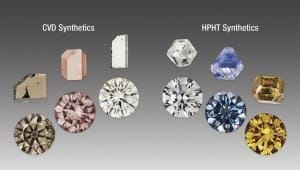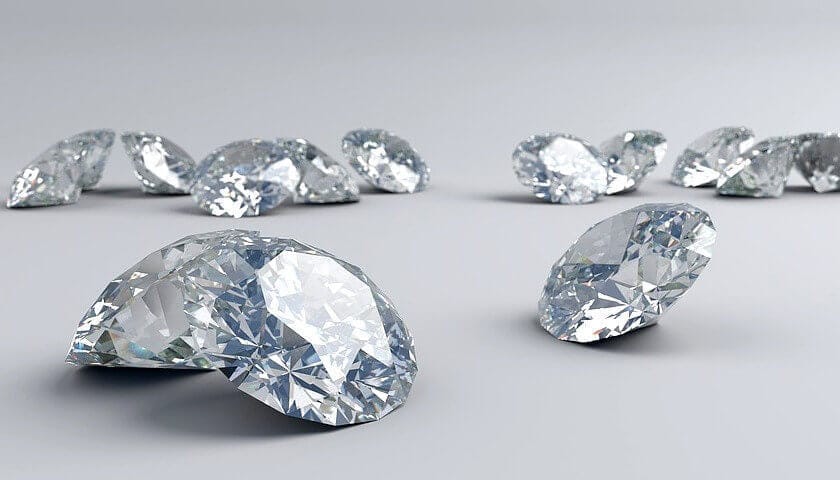As our world makes strides with technology, we need to find a way keep up with market needs for rare natural resources. One of the most rare, of course, are diamonds that are usual parts of many engagement rings. As technology has developed and the desire for diamonds has never been bigger, scientists have developed procedures to re-create the chemical compound of diamonds that take a matter of weeks as opposed to thousands of years.
Ways of Creating Synthetic Diamonds
These synthetic diamonds are most commonly created by these two processes Chemical Vapor Deposition (CVD) and High Pressure and High Temperature (HPHT) . Both of which begin by using a diamond seed- which is a small part of the diamond, usually with the strongest growing pattern. Advancements have come so far in diamond creating processes, that scientists have found that synthetic diamonds even have their own unique grain, similar to natural diamonds, which makes them even more difficult to identify from the real thing.
CVD, Better Synthetic Diamond Process
The process which is currently favored by scientists is Chemical Vapor Deposition (CVD). The reason for being the top choice for scientists as the machines are much smaller than the HPHT machines, and they also create less force. Less force means less energy resources used in the production process. Though the process is similar since it is using extreme heat and temperature, it uses gases like hydrogen and methane as opposed to solid forms of carbon.
First, the gases are pushed into a vacuum chamber while simultaneously applying state-changing temperatures. Then the resulting plasma-like substance gets layered onto the diamond seed within the chamber. The layering process can be compared to 3-D printing.
Colors, Main Synthetic Diamond Issue
This does come with a few setbacks though, main issue being the diamond colors were inconsistent in early years, however with higher carbon heating processes and different types of carbon, scientists have been able to create diamonds of much greater clarity. Not to mention are able to control the hue of diamond that is getting manufactured. Making the synthetic diamonds even harder to identify next to natural diamonds with the naked eye.
HPHT, First Type of Diamond Creation
High Pressure, High Temperature (HPHT) was the first type of synthetic diamond formation process starting in the early 1900’s. Currently, scientists have developed machines that produce the same amount of pressure as the earth’s crust (also creating pressure from all angles) while simultaneously heating the carbon materials to temperatures over 3000 degrees Celsius.

Through the combination of these processes with a metal stimulant, the chemical compound of the carbon changes to form a diamond seed. The entire process takes under 2 weeks, and produces a diamond of similar clarity to a natural diamond. However, this process is fairly costly since it is re-creating the same force as the earth, which requires a high amount of energy resources.
Diamond Creating, a Market For This Industry
With these two processes the diamond mining process has evolved into a diamond creating process, adding a whole new market for the diamond industry. Though both of these processes face similar challenges, energy consumption and color clarity, the most recent advancements with technology are making these diamonds even more accessible to consumers and are making it more and more difficult to tell the synthetic diamonds apart from natural ones.



